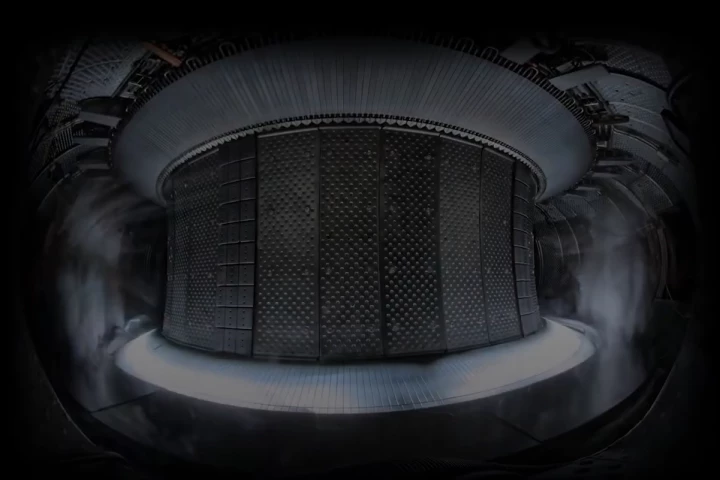As agriculture tries to clean up its act, the roar of the diesel engine is likely to become a thing of the past in the countryside. But electric farmers don't want to their battery-powered machinery idling for hours charging. The ONOX tractor's modular hotswap approach could help.
We've seen a number of electric tractor solutions pitched in recent years, from big names like John Deere and Kubota, as well as startups such as Monarch. Germany's ONOX has joined the farming community with a familiar yet fresh design that boasts a modular battery setup.
Currently at the prototype testing stage of development, the startup launched in 2021 and first showed its full-size prototype at a trade show in Hanover a couple of years later. The team attracted the eye of the iF Design judges in 2024, where the electric tractor concept took gold. The test phase began shortly after, including time in the great outdoors. Approval for road use in Germany followed earlier this year.
Given specs for the vehicle are provisional and subject to change, but what we have is a beast that stands 2.595 m (8.5 ft) high and stretches to a total length of 4.95 m (16.2 ft). Where the big diesel engine would normally sit is a squat platform that not only has storage potential for produce or gear, but its low profile affords the driver a better view from the cabin.
It's reported to have a payload capacity of 3,675 kg (over 8,100 lb), can heft 1,300 kg (2,866 lb) at the front and 3,100 kg (6,834 lb) at the rear, and has a turning circle of between 3.7 and 4.2 m (12 - 13.8 ft), depending on configuration.
According to system suppler Molabo, the ONOX tractor will sport four 50-kW Aries 50 electric motors – two main units drive the axles plus there are two power take-offs or power shafts. Maximum speed is said to be 40 km/h (25 mph) and up to 5,500 Nm (4,000+ lb.ft) of torque is on tap. The power shafts "deliver clean, quiet electric energy to power farming implements like hay cutters, balers, disc harrows, mowers, diggers or grinders."
The tractor comes with a 20-kWh internal battery but can accommodate up to three more 30-kWh removable packs – one up front, another in the middle and the last on out back. Operators can swap out battery modules in around 5 minutes, and they can be charged using renewable energy sources on the farm rather than needing grid power. When not mounted to the tractor, the battery units can "serve as auxiliary or emergency energy storage for the facility."
The company's Daniel Hornung told us that the current prototype will begin operational testing at a working farm shortly, and that a new generation of faster, more powerful tractors with higher-capacity batteries is planned for the future. Small-scale production is on the cards too, but the sales region will be limited. The video below shows the prototype in action.











